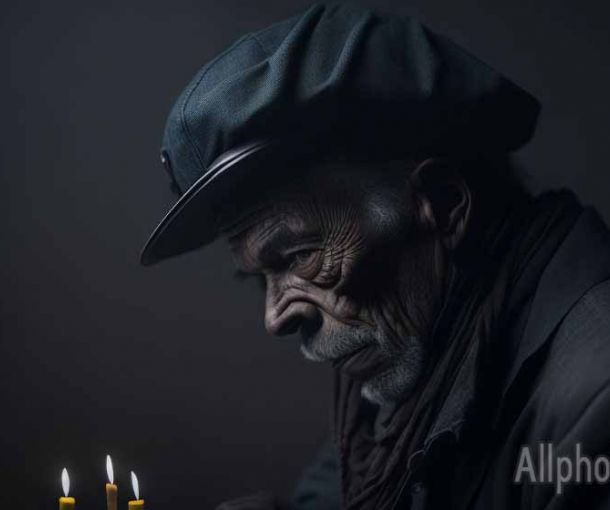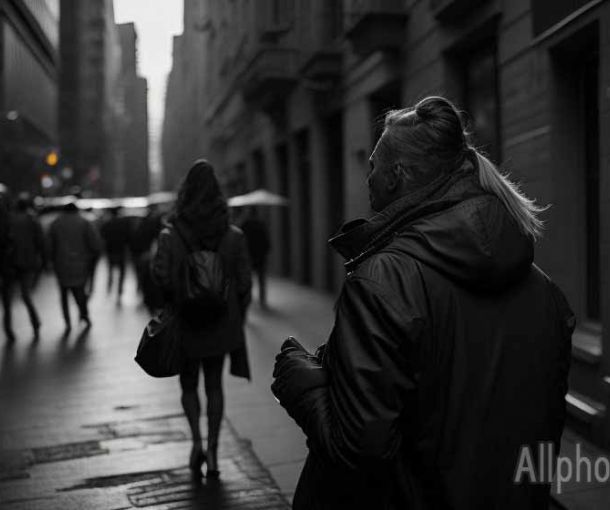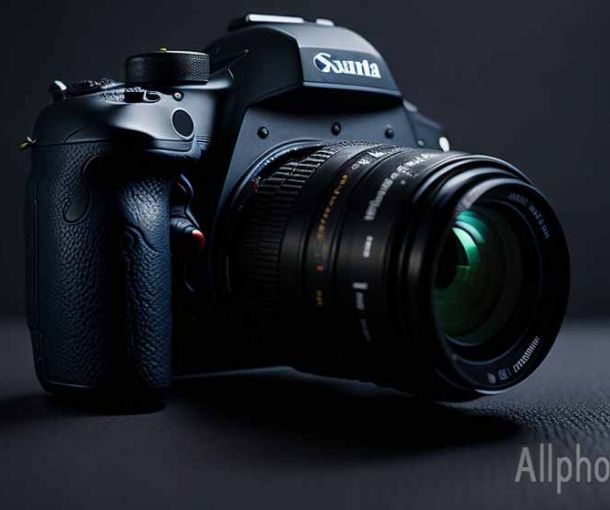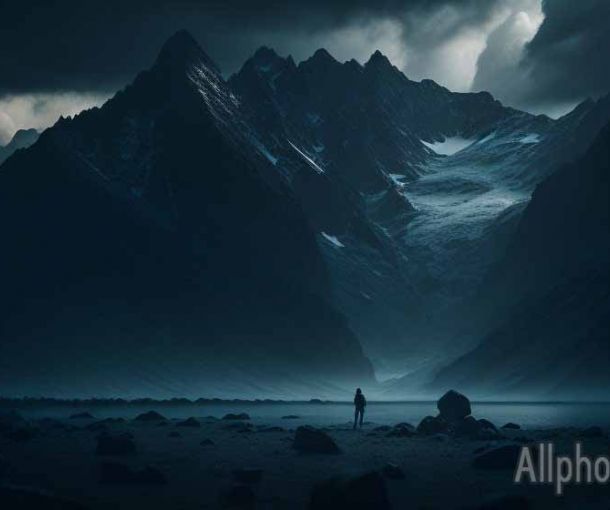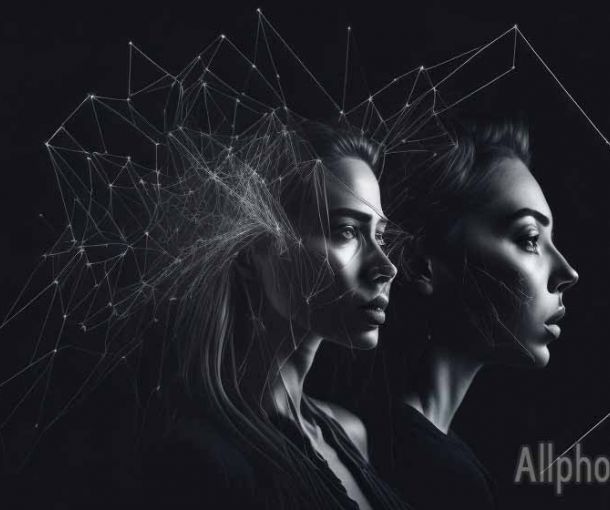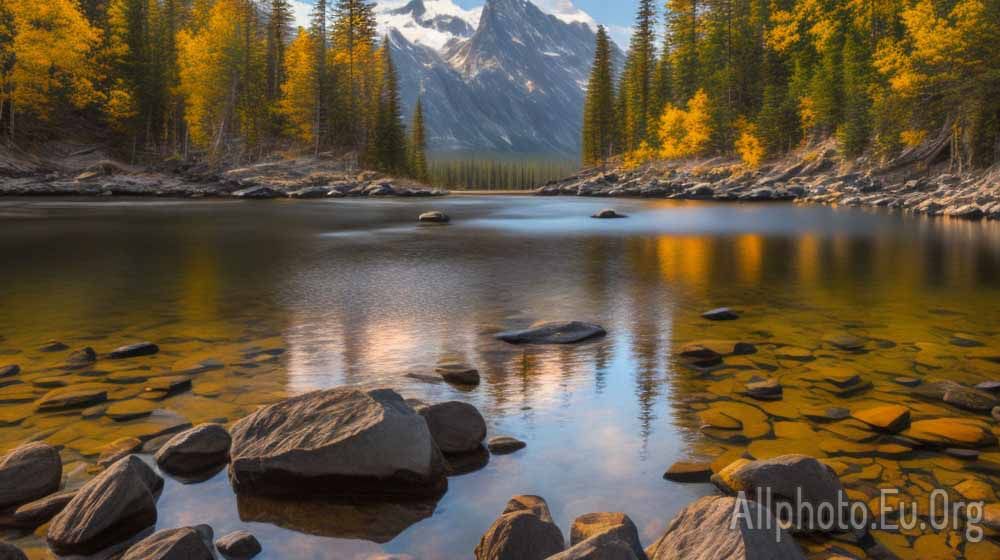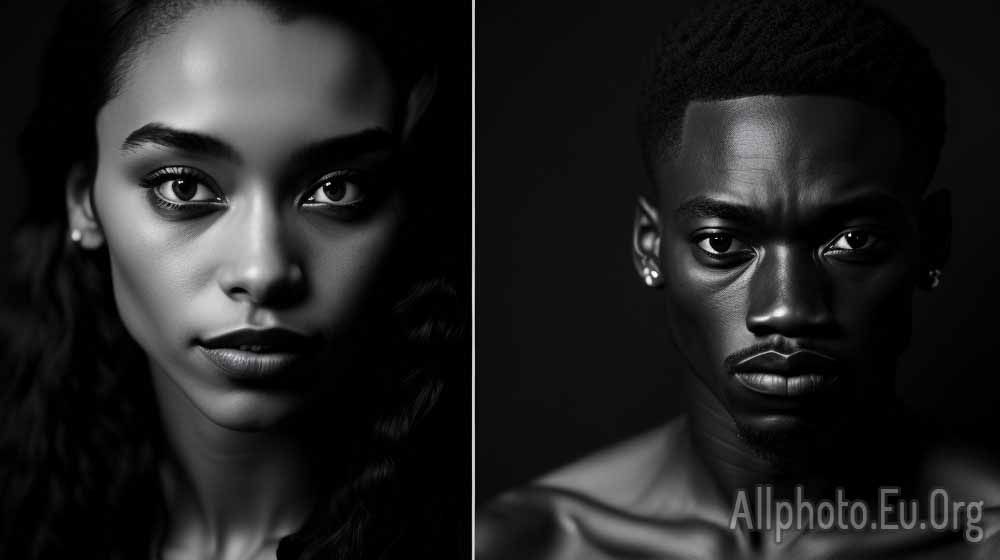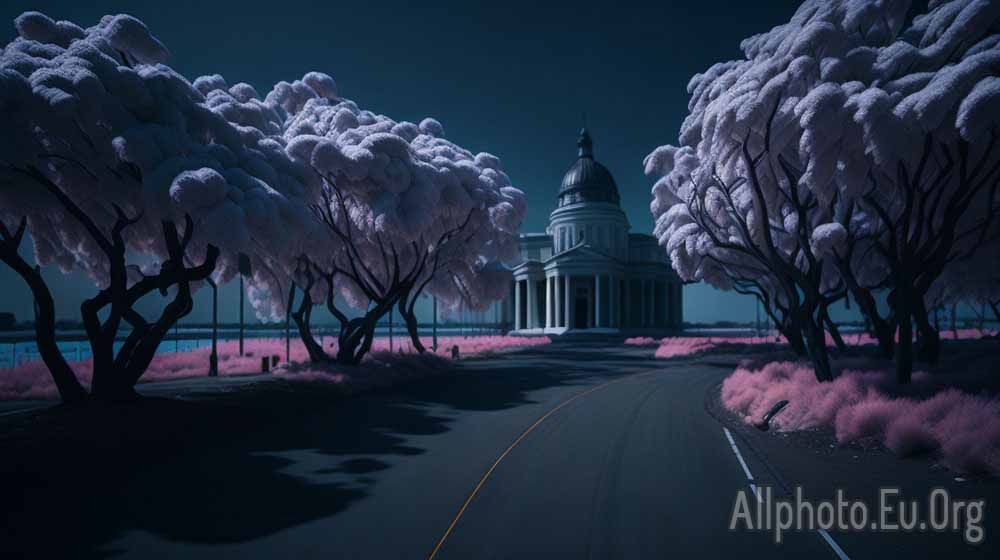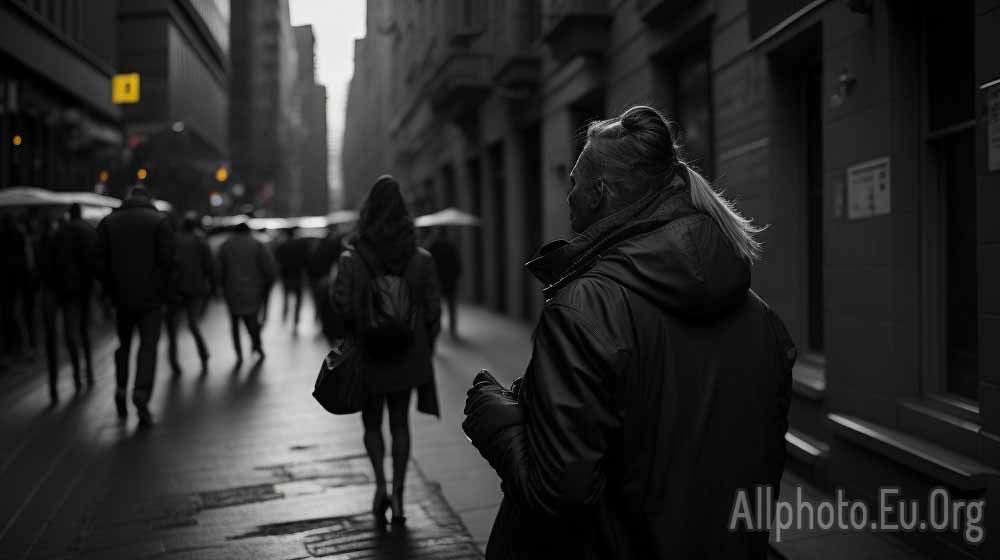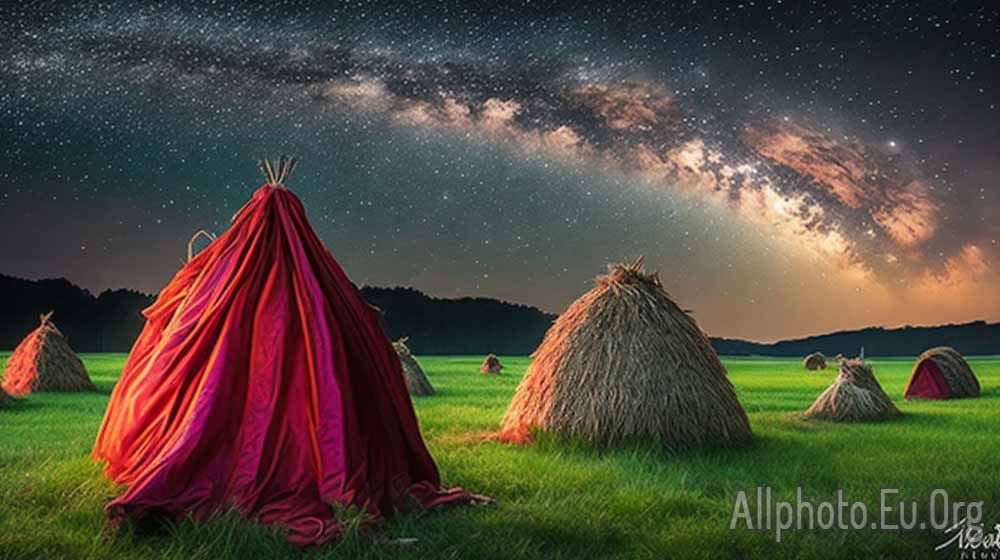The Role of Texture in Abstract Photography: Creating Visual Interest and Depth
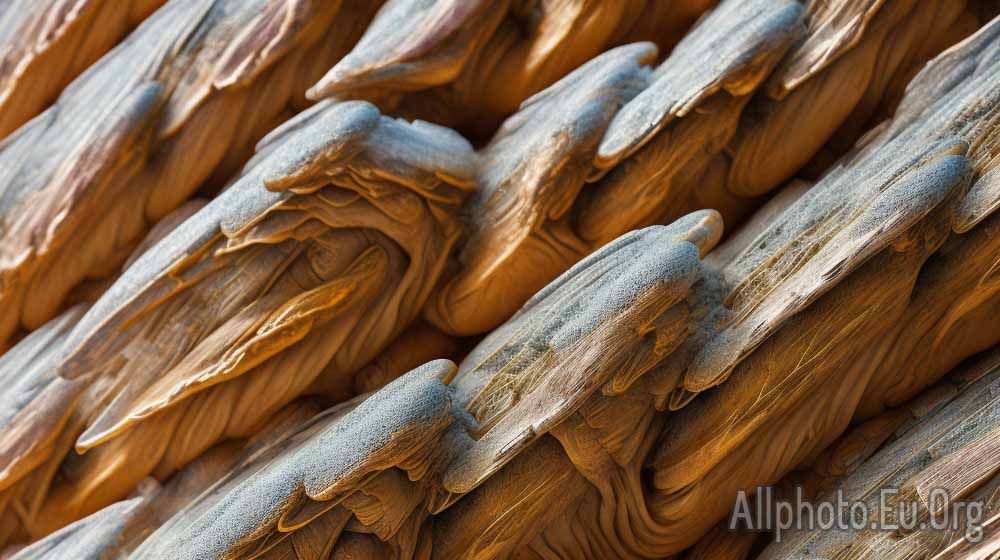
Abstract photography is an art form that emphasizes the use of shapes, colors, and lines to create a composition that is visually striking. Texture is an essential element in abstract photography, which can add depth and interest to an image.
Texture refers to the tactile quality of a surface or the visual representation of that quality in an image. In photography, texture can be created by using different lighting techniques, composition, and post-processing methods. Texture can be used to convey mood, emotion, and context in an image. By using texture, abstract photographers can create visual interest and depth that can transform an image from ordinary to extraordinary.
One of the primary roles of texture in abstract photography is to add visual interest to an image. Texture can create a sense of complexity and depth that can draw the viewer's eye and keep them engaged with the image. By using texture, abstract photographers can create a unique and captivating composition that can stand out in a sea of ordinary photographs.
Texture can also be used to convey mood and emotion in an image. The texture can create a sense of softness or roughness, smoothness or coarseness, warmth or coldness. For example, a photograph of a rough, weathered surface can evoke feelings of age and decay, while a photograph of a smooth, glossy surface can create a sense of modernity and sleekness. By using texture to convey mood and emotion, abstract photographers can create images that have a profound impact on the viewer.
Another role of texture in abstract photography is to create depth in an image. Texture can add layers to an image, creating a sense of distance and space. By using texture, abstract photographers can create a composition that feels three-dimensional and immersive. This can be especially effective when combined with other elements such as color and line.
When it comes to creating texture in abstract photography, there are several techniques that photographers can use. One of the most common techniques is to use lighting to create shadows and highlights that emphasize the texture of a surface. By using directional lighting, photographers can create dramatic textures that can transform an ordinary surface into something extraordinary.
Another technique for creating texture is to use composition to create contrast between different surfaces. For example, a photograph of a smooth, reflective surface next to a rough, textured surface can create a sense of tension and contrast that can be visually striking.
Post-processing techniques can also be used to create texture in abstract photography. By manipulating the contrast and saturation of an image, photographers can create a sense of depth and dimensionality that can add interest and complexity to an image.
In conclusion, texture is an essential element in abstract photography that can create visual interest, convey mood and emotion, and add depth to an image. By using lighting, composition, and post-processing techniques, abstract photographers can create unique and captivating compositions that stand out from the crowd. Whether you're a seasoned professional or a beginner, incorporating texture into your abstract photography can help you create images that are truly extraordinary.
When incorporating texture into your abstract photography, it's essential to keep in mind the overall mood and message you want to convey in your image. Different textures can evoke different emotions and feelings, so it's crucial to choose textures that align with the message you want to convey.
Another aspect to consider when using texture in abstract photography is the balance between texture and other elements such as color, shape, and line. These elements should work together to create a cohesive composition that draws the viewer's eye and creates a sense of harmony.
It's also essential to experiment with different techniques and styles to find what works best for you. Don't be afraid to try new things and push the boundaries of what you thought was possible. Abstract photography is all about creativity and experimentation, so embrace the process and have fun with it!
Finally, when sharing your abstract photography with others, it's essential to optimize your images for search engines to reach a wider audience. Use relevant keywords and meta tags to help your images rank higher in search engine results pages (SERPs). Share your work on social media platforms and photography communities to increase visibility and engagement.
In conclusion, texture plays a crucial role in abstract photography, helping to create visual interest, convey mood and emotion, and add depth to an image. By using different techniques and styles, you can create unique and captivating compositions that stand out from the crowd. Remember to experiment, embrace creativity, and optimize your images for search engines to reach a wider audience. With these tips, you can take your abstract photography to the next level and create images that are truly extraordinary.
In summary, the role of texture in abstract photography is to create visual interest, convey mood and emotion, and add depth to an image. Incorporating texture into your compositions through lighting, composition, and post-processing techniques can help you create unique and captivating images. Don't be afraid to experiment with different techniques and styles and optimize your images for search engines to reach a wider audience.
Tags
Latest Articles
Most Read
All Tags
Subscribe
Donate
Please consider supporting our efforts.
© 2023 All-Photo.Cf All rights reserved.
